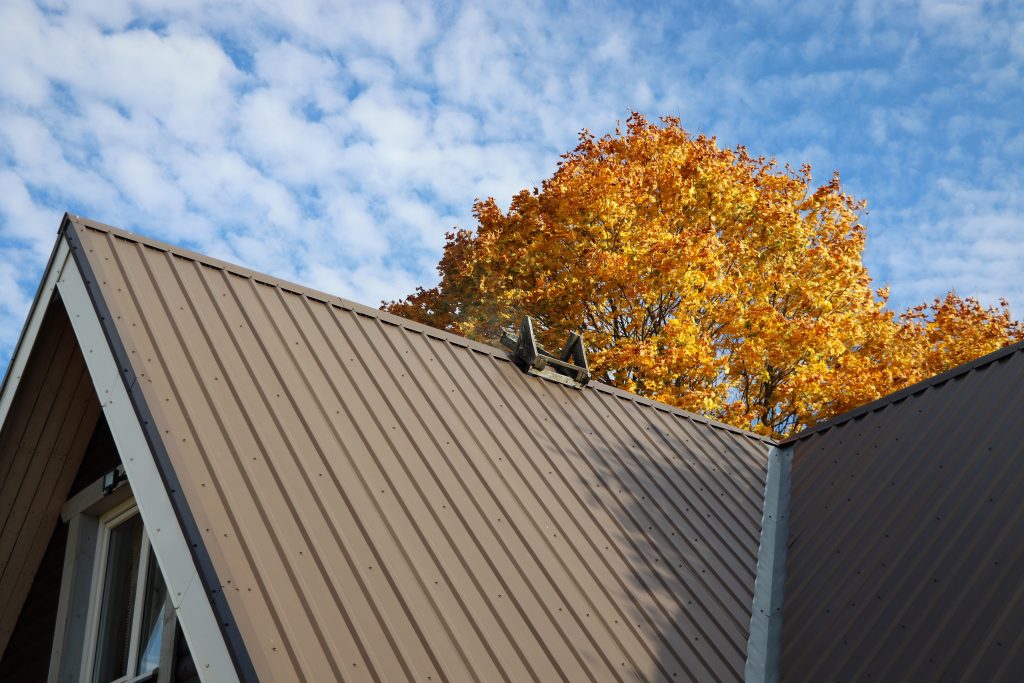Importance of Proper Roof Ventilation in Pensacola, FL Homes and Businesses: A Comprehensive Guide for 2024

Proper roof ventilation is essential to maintaining the health and energy efficiency of your Pensacola, FL property. Yet, it is often overlooked as homeowners focus on more visible aspects of their roofing system. As your trusted Pensacola, FL roofing experts, we believe it’s crucial to educate property owners on the undeniable significance of roof ventilation and its benefits in contributing to a more comfortable and resilient living or working environment.
In this comprehensive guide, we will delve into the importance of roof ventilation, the various types of ventilation systems available, and common ventilation problems that homeowners and business owners may encounter. With this knowledge in hand, you can make well-informed decisions to ensure your property is adequately ventilated, promoting a longer-lasting, energy-efficient, and healthier roofing system.
Join us as we explore the value of proper roof ventilation, while sharing tips and insights to help you identify signs of potential ventilation issues and choose the right solution for your specific needs. By understanding and addressing your Pensacola, FL property’s ventilation requirements, you can contribute to a more sustainable, comfortable, and cost-effective living or working space in 2024 and beyond.
1. Understanding the Significance of Roof Ventilation
To fully appreciate the importance of roof ventilation, it’s essential to be aware of its key benefits. By ensuring adequate ventilation, your property can experience the following advantages:
Temperature Regulation: Effective roof ventilation helps to maintain a comfortable indoor temperature by allowing hot air to escape in the summer and minimizing condensation in the winter.
Energy Efficiency and Cost Savings: Proper ventilation allows your HVAC system to work more efficiently, given that it doesn’t have to compensate for extreme temperature fluctuations. This can result in reduced energy consumption and lower energy bills.
Roof Lifespan: Adequate ventilation helps prevent temperature fluctuations that can cause damage to the roofing materials. This can extend the life of your roof and reduce repair costs over time.
Mold and Moisture Prevention: Proper ventilation decreases the risk of mold and mildew growth by preventing excess moisture from accumulating in the attic.
2. Types of Roof Ventilation Systems
An effective roof ventilation system typically consists of both intake and exhaust vents, which work together to promote adequate airflow. Here are some common types of ventilation systems used in Pensacola, FL homes and businesses:
Soffit Vents: Located along the eaves of a roof, soffit vents serve as intake, allowing fresh air to enter the attic space.
Ridge Vents: Running the entire length of the roof ridge, these vents serve as exhaust, allowing hot air to escape from the attic.
Gable Vents: Installed on the gable ends of a roof, gable vents can function as both intake and exhaust vents, helping to maintain proper airflow.
Roof Vents: Sometimes called box vents, these vents are installed near the roof’s peak and act as exhaust vents, allowing hot air to escape the attic.
Turbine Vents: These exhaust vents use wind power to spin a turbine, which draws hot air out of the attic.
3. Identifying Common Ventilation Problems
Poor roof ventilation can lead to a range of issues that may negatively impact the health and efficiency of your property. Some common ventilation problems to watch for include:
Insufficient Ventilation: Not having enough vents can result in inadequate airflow, leading to the issues outlined above.
Blocked or Obstructed Vents: Vents can become blocked or obstructed due to debris, insulation, or bird nests, hindering airflow.
Improper Installation: Incorrectly installed vents can render them ineffective, negating their intended benefits.
Imbalanced System: A proper balance between intake and exhaust vents is crucial for optimal performance. An imbalanced system can cause air to bypass the attic, leading to overheating and moisture issues.
4. Ensuring Adequate Roof Ventilation
To maintain proper roof ventilation, follow these helpful tips:
Regular Inspections: Schedule regular roof inspections to ensure that your ventilation system remains in optimal working condition, free of blockages and damage.
Maintain Balance: Ensure that your intake and exhaust vents are balanced in both size and placement to maximize airflow.
Consult Professionals: If you encounter ventilation issues or need help determining the right solution for your property, consult Pensacola, FL roofing experts with experience in ventilation system design and installation.
Upgrade Your System: If your existing roof ventilation system isn’t working efficiently, consider upgrading to a more effective solution, such as adding soffit and ridge vents, to enhance the overall performance.
Conclusion
Understanding the importance of roof ventilation is essential for maintaining the health, energy efficiency, and longevity of your Pensacola, FL property. By staying informed about the types of ventilation systems available, identifying common issues, and consulting experienced professionals, you can ensure that your home or business remains well-ventilated, comfortable, and energy-efficient.
As your trusted local roofers in Pensacola, we are here to provide guidance, support, and the expertise required to ensure your property’s optimal ventilation. Contact us today to discuss your roofing and ventilation needs, and let us help you create a more sustainable, cost-effective living or working space in Pensacola, FL.
